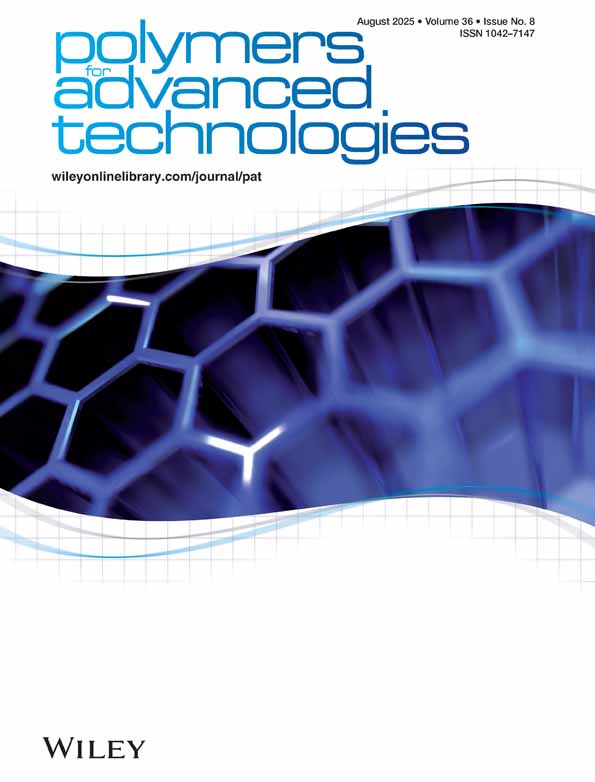Enhancement of electroluminescence intensity in poly(3-alkylthiophene) with different alkyl side-chain length by doping of fluorescent dye
Abstract
Electroluminescent diodes utilizing poly(3-alkylthiophene) (PAT) containing fluorescent dyes have been fabricated and their unique enhancement of emission characteristics have been studied. Remarkable enhancement of the electroluminescence efficiency has been observed for diodes with PAT doped with oxadiazole derivative (2-(4-biphenylyl)-5-(4-tert-butylphenyl)-1,3,4-oxadiazole; PBD) and perylene derivative (N,N′ - Bis(2,5 - di - tert - butylphenyl) - 3,4,9,10 - perylenedi- carboximide; BPPC). The mechanism of emission enhancement by doping of PBD into PAT has been discussed with different alkyl side-chain lengths. © 1997 John Wiley & Sons, Ltd.




